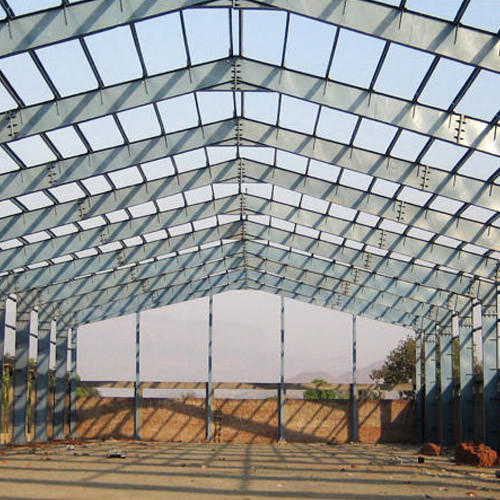Fabrication work
Fabrication is the construction of items from different parts using at least one of a range of processes and materials such as metal, laminates, wood and other solid surface materials.
Frequently used in relation to metal fabrication, the steps involved can include stamping, welding, cutting, bending, and assembling processes.
As with other manufacturing processes, fabrication can be done manually, but the processes are often automated these days with the use of computer aided designs (CAD) that can be programmed into computer numerical control (CNC) technologies that can communicate directly with machines on the shop floor, reducing lead times, costs and material usage while improving accuracy and quality.
The fabricator’s process tends to make items from manufactured materials like steel, that can then be assembled to create larger metal structures. In addition, fabrication involves making components for items such as engines, machines, tools, and household appliances.
Fabrication uses semi-finished or raw materials to make something from start to finish, as opposed to simply assembling it. This work is typically completed by a fabrication shop (or fab shop) that will bid on the contract for the job based on engineering drawings and specifications.



